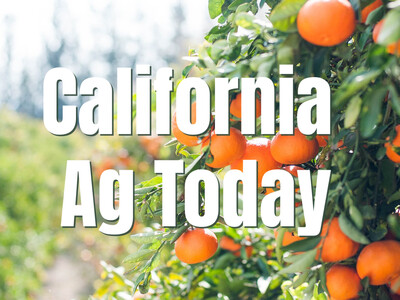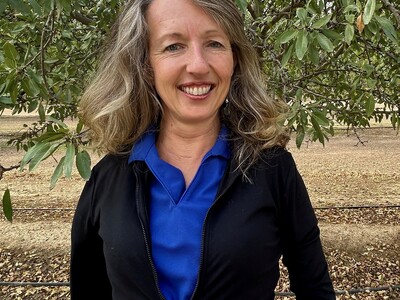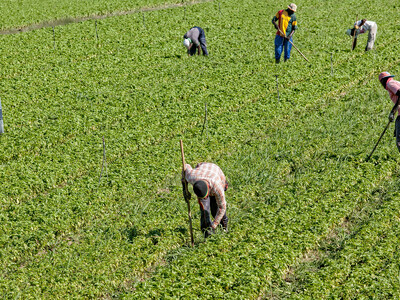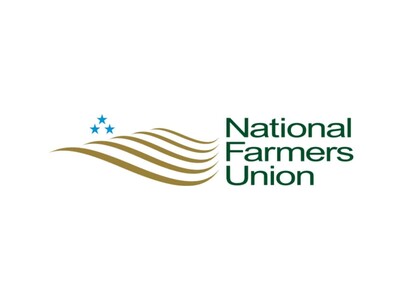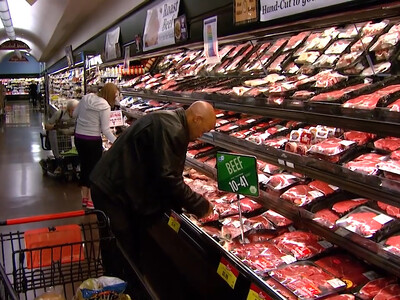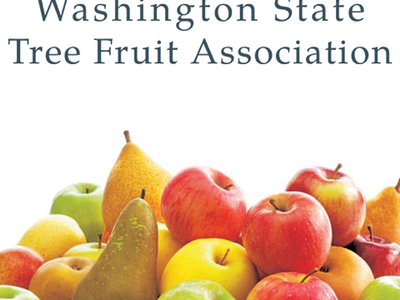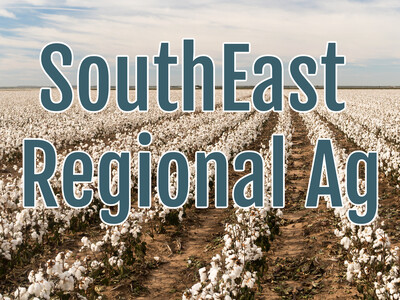Ag Research & La Nia Watch
Ag Research & La Niña Watch plus Food Forethought. I’m Greg Martin with today’s Northwest Report.
Last week the President discussed ag research and now members of his administration are too. Adding jobs is a top priority for Senate Ag Chair Debbie Stabenow who says ag research has an important role to play.
STABENOW: We have to make sure we are continuing to be committed to ag research and this is one of the areas right now in real jeopardy in terms of cuts that have been made already; proposed cuts by the U.S. House of Representatives and I think we have to be very, very careful that we do not eliminate our great opportunities for the future by cutting back on research.
A La Niña Watch has been issued for the Northern Hemisphere by the National Weather Service's Climate Prediction Center. For people in the northwest, that could translate into an especially cold, rainy and snowy winter – like last year. NWS meteorologists in Portland said the latest La Niña period may not be as powerful as in 2010, when back-to-back cold fronts slammed the Northwest. A La Niña Watch is issued when NWS officials believe conditions are favorable for the development of El Niño or La Niña conditions within the next six months.
Now with today’s Food Forethought, here’s Lacy Gray.
What is a food hub? In simplistic terms its could be called the Linkedin of the farm world; helping connect small to mid-size farmers to buyers and businesses that would like to use locally produced food. Food hubs focus on two popular trends that have been growing by leaps and bounds in the last few years: locally produced food, and sustainable farming. They offer growers, buyers and transporters the opportunity of finding each other in their specific area. While food hubs generated in the Midwest they’ve now spread nationwide. And since consumers aren’t the only ones wanting locally grown food; more and more businesses such as schools, hospitals, restaurants and grocers are sourcing local foods, food hubs provide a much needed service by giving local farmers the framework to store, process, and distribute their products to institutions as well as consumers. The interest in creating food hubs has grown tremendously, pushing the USDA to beef up their online resource to include information and advice on startup costs, warehouse space needed, how to lease that space, food safety protocol, and what insurance may be needed.
Thanks Lacy. That’s today’s Northwest Report. I’m Greg Martin on the Ag Information Network.






